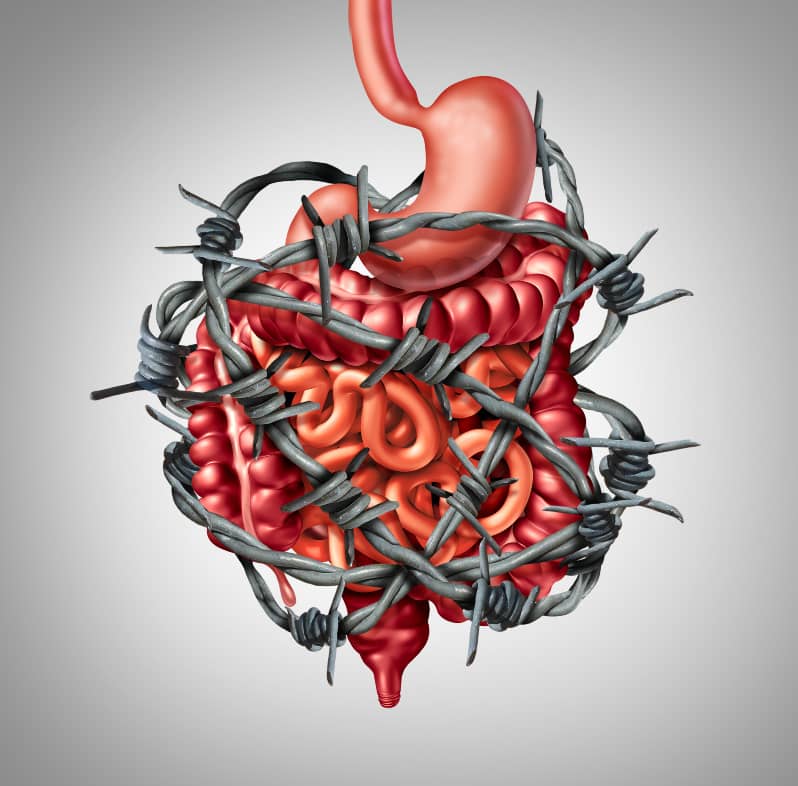Toxins – Where do they come from?
Chronic disease begins with a gene-environment mismatch; our environment has changed so much that we are now dealing with many chemicals in our food chain, over consumption of sugar, rising rates of obesity, fast food and processed food and we now have an alarming rate of increasing air pollution. Throughout our life we come in constant contact with environmental toxins leading to health concerns in a variety of areas.
Environmental toxins are poisonous substances that come from outside our body and are lumped in two categories: harmful chemicals and heavy metals. The Center of Disease 4th national report of 2004 on human exposure to environmental chemicals tested 212 chemicals and all were found in the blood and urine of most Americans.
The question is no longer are you toxic? The question is now “how toxic are you?”
Toxic burden is the accumulation of toxins over time. These toxins come from a variety of sources but the initial exposure starts while a baby is in the womb! According to the Environmental Working Group study in 2005, 287 chemicals found in the umbilical cord blood of newborns, consisting of pesticides, consumer product ingredients, and waste materials from burning coal, gasoline and garbage. 180 of the 287 are known to cause cancer in humans and animals, 217 are toxic to the brain and central nervous system, and 208 were shown to cause birth defects and abnormal development in animals.
How do you know if the toxins you have been exposed to are causing you a health issue?
Common symptoms of toxic burden include:
- Chronic Fatigue
- Depression
- Headaches
- Cognitive problems like brain fog or memory problems
- Neurological issues like balance or tremors
- Insomnia
Common conditions associated with toxic burden are:
- Attention deficit disorder
- Allergies, asthma & chemical sensitivities
- Diabetes & obesity
- Fibromyalgia & other autoimmune diseases
- Fertility issues and birth defects
- Parkinson’s
- Chronic infections & bone marrow cancers
So where is the research?
Based on analysis in NHANES report, there is a strong relationship between urine concentrations of biphenyl A (plastics) and incidence of cardiovascular disease, type 2 diabetes and liver-enzyme abnormalities in samples of the adult population (JAMA 2008; 300: 1353-54)
The US Environmental Agency has several studies posted on our water supply including arsenic & mercury levels, fish consumption advisories and a complete list of contaminants and hazards as they present to our organs and overall health.
Since the early 1970s we have seen a significant rise in autism, acute lymphatic leukemia, brain cancer, premature birth, infertility and childhood asthma.
What can you do?
Start with looking at your environment to reduce your risk of exposure. Swap chemicals & personal care products in the home for natural alternatives. Buy more organic produce, diary and meats. Avoid the use of plastic containers and never microwave in plastic.
Detox Diet:
Foods rich in vitamin C – Fruits and vegetables rich in vitamin C can reduce the damage caused by heavy metal toxicity by acting as an antioxidant.
Cilantro and other green vegetables – Cilantro and green leafy vegetables like kale, spinach and parsley are detoxifying and can help reduce the buildup of heavy metals like mercury in the body.
Garlic and onions – These vegetables contain sulfur which helps your liver detoxify itself of heavy metals like lead and arsenic.
Water – Drink 8 ounces of water or vegetable juice every two hours to help flush out toxins.
Flax and chia seeds – Omega-3 fats and fiber can help with detoxification of the colon and reduce inflammation.
Toxic Foods to Avoid:
Farmed fish – These can contain heavy metals, dioxins and PCB’s which are highly toxic.
Food allergens – If your body is fighting against common allergens, it will not be able to detoxify from heavy metal poisoning.
Non-organic foods – These foods increase exposure to chemicals which make symptoms worse. Some of the worst offenders include conventional apple juice and brown rice products.
Foods with additives – Additives are chemicals that can aggravate toxicity symptoms and decrease your body’s ability to detoxify.
Alcohol – Is toxic to the body and can make it more difficult for your liver to process other toxins and contributes to toxic load.
Toxins are fat soluble and love to store in fat when detoxing it is important to have the right nutrients and supplemental support that will encourage toxins to convert to water soluble and leave the body. Improper detox can cause toxins to release, re-circulate and resettle in fat. Remember your brain is composed of approximately 65% fat. It is best to detox under the guidance of a Nutritionist or other Health professional, this will prevent complications and adverse effects. Give us a call and we can do a customized plan to help you detox correctly and safely. 248-625-5143.
Forum Health Clarkston
7300 Dixie Hwy, Suite 500, Clarkston, MI 48346
248-625-5143
References:
Environmental working group
US environmental Agency
Center of Disease Control
JAMA 2008
Dr Josh Axe







